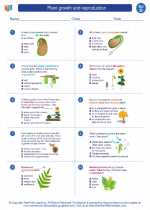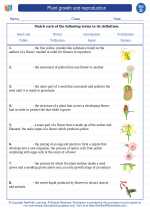Mechanical Waves
Mechanical waves are a type of wave that is an oscillation of matter and transfers energy through a medium. There are three main types of mechanical waves: transverse waves, longitudinal waves, and surface waves.
Transverse Waves
Transverse waves are waves in which the particles of the medium move perpendicular to the direction of the wave. These waves have crests and troughs and are commonly observed in phenomena such as water waves and electromagnetic waves.
Longitudinal Waves
Longitudinal waves are waves in which the particles of the medium move parallel to the direction of the wave. These waves have compressions and rarefactions and are commonly observed in phenomena such as sound waves.
Surface Waves
Surface waves are waves that occur at the interface between two different mediums, such as the surface of water or the Earth's surface. These waves have characteristics of both transverse and longitudinal waves and are commonly observed in phenomena such as ocean waves and seismic waves.
Properties of Mechanical Waves
Some key properties of mechanical waves include wavelength, frequency, amplitude, and speed. Wavelength is the distance between two corresponding points on a wave, frequency is the number of waves that pass a certain point in a given time, amplitude is the maximum displacement of a wave from its equilibrium position, and speed is the rate at which the wave travels through the medium.
Study Guide
- What are the three main types of mechanical waves?
- Describe the characteristics of transverse waves.
- Explain the properties of mechanical waves.
- Give examples of phenomena where longitudinal waves are commonly observed.
- How do surface waves differ from transverse and longitudinal waves?
◂Science Worksheets and Study Guides Fourth Grade. Plant growth and reproduction

 Worksheet/Answer key
Worksheet/Answer key
 Worksheet/Answer key
Worksheet/Answer key
 Worksheet/Answer key
Worksheet/Answer key
 Vocabulary/Answer key
Vocabulary/Answer key
 Vocabulary/Answer key
Vocabulary/Answer key
